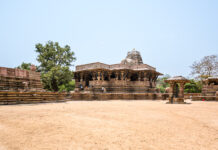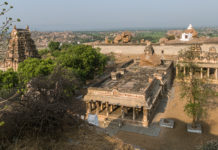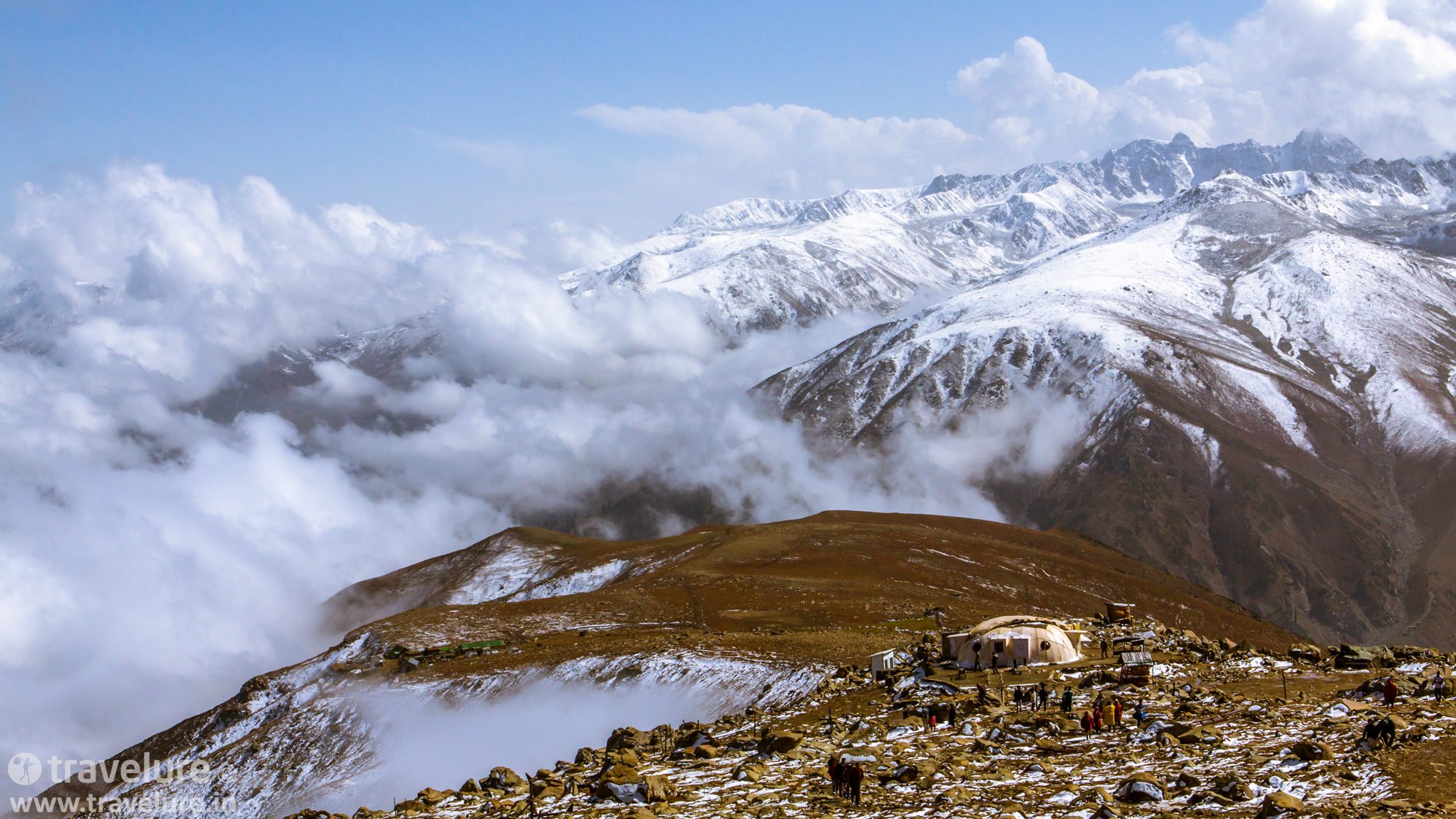Our Planet’s Landmarks Series #19
Ngorongoro Crater Arusha Region Tanzania
It was my first safari ride in Ngorongoro. We had been driving along the rim of a two-million-year-old caldera for a few minutes. I was not sure what this empty vastness had in store for me. After all, it was Ngorongoro. I could not see any animals. And I was getting restless.

‘You said I’ll see many animals here. I haven’t yet seen any!’ I cribbed to Sam, my safari driver-cum-guide.
‘Shhhh… look to your left, over the embankment’, he said.

The sight took my breath away. Eight feet away, at my eye level, a lioness was enjoying the afternoon sun. She glanced at me, got bored, looked away, and stretched to catch a slumber.
That was the first of many encounters. Ngorongoro had started to unravel itself.
More wildlife stuff? Click HERE
As we made our way down from caldera rim to the world within, I saw a zeal of zebras grazing. As we stopped by, they crossed the jeep track. Remembering the phrase ‘zebra crossing’, I could not stop myself from smiling.

A little further, I spotted a huge meandering bunch of wildebeest and zebras. It was migration time. Sam said they hang together. Because zebras are good at finding direction, and wildebeest suck at it. A perfect symbiotic relationship in nature.

Cats and More
Further up, we saw hordes of jeeps scurrying to a spot leaving dust clouds in their wake. Sam too sped to follow them. As we reached the spot, I had my first-ever glimpse of the fastest cat – cheetah! Seeing action, the lazing cat stretched and got up. It started its slow walk to nowhere. ‘Finished his meal,’ Sam told me.


A few clicks later, we made our way to nowhere in particular. Like the crater creatures, we were also on a prowl.
After going around for a while, we spotted a pride of lions. Actually, a few cubs. Their parents nowhere in sight, these cubs were climbing over each other. It was their little game. A heart warming sight!


As we watched them, one cub decided to sidle up to a jeep behind ours. He rubbed himself against the tyre. He was itchy. Cameras all around clicked away. A moment captured. The cub too realised that. And walked away from the jeep.
I saw hippos in the marshy stretches of the crater. Gazelles and ostriches all around. Langurs and wild dogs on some patches. And a rhino or two in the distance. But, there were no giraffes anywhere. The day rolled on and it was time to exit.
Man-Animal Conflict or Coexistence
Next morning, I rode in through a different access to the reserve. At dawn, as the morning mist swirled around, I saw Masai families working the fields inside the crater. Sam explained local law permits Masais sustenance level farming in the conservation area. He also talked about peaceful coexistence of those tribesmen and animals. ‘They are used to each other,’ he said. Made me think our cities are wilder than this wildlife reserve.

As I write, memories of the vivid vistas of Ngorongoro transport me back there. Plenty of wildlife in 890,440 hectares (8,904 sq. km.) reserve attracts over half a million visitors a year. Part of Serengeti ecosystem, about 180 km from Arusha (Tanzania) Ngorongoro is a UNESCO World Heritage Site (inscribed in 1979). And is without a doubt our planet’s landmark!
























